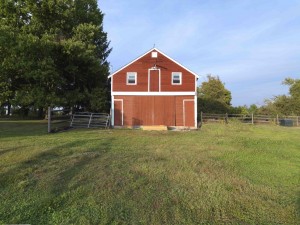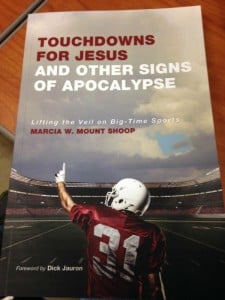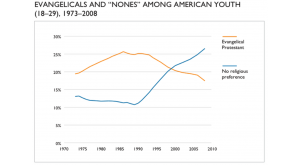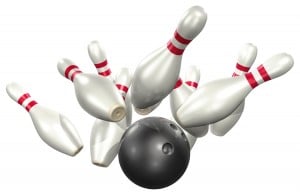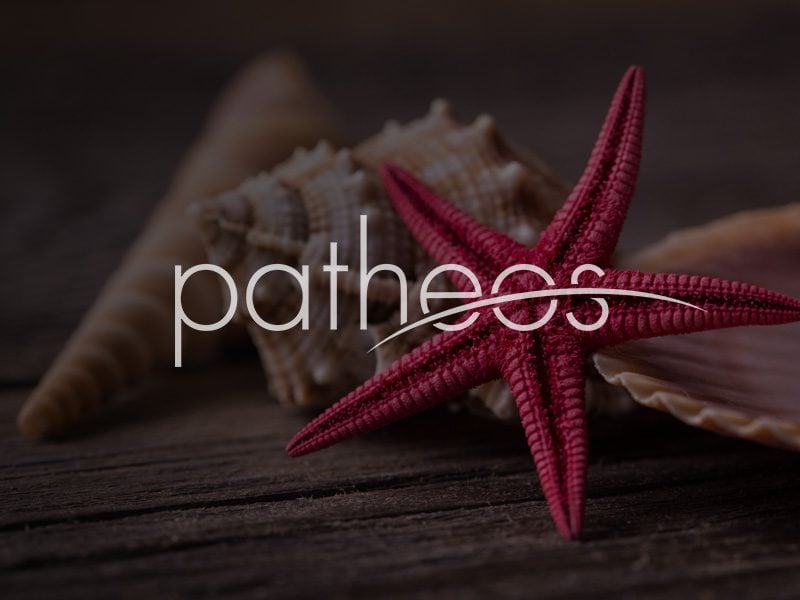Mako Fujimura’s new studio, Princeton, New Jersey. Photo courtesy Robert Puglisi
Artists must make decisions all the time. Even before an artist paints on a canvas, it is already the result of a decision to make the painting surface that size and not another. Every brushstroke is the result of a decision to put that stroke here and not there; to use that color; and then, after stepping away from the painting, the decision not to eliminate it and start over. Every finished painting is the result of a decision to let those strokes stand and send it out into the world. Abstract Expressionist painter Adolph Gottlieb was asked how he knew a painting was finished, and he responded, “My wife tells me.” Gottlieb’s response refers to the deeply intuitive nature of this kind of decision-making. And artists make them continually. These decisions are technical. But artists also make vocational decisions. Each day they decide what kind of artist they will be in the world, and how the work they produce helps or hinders their decision. These vocational decisions cannot be separated from the technical ones, and in fact, the former provides the framework for the latter. Art schools focus attention on those technical decisions, but usually ignore the vocational ones. Yet these are the most important ones, for they are inevitably part of being what sociologist James Davison Hunter calls, a “faithful presence.”
One of the most important vocational decisions an artist makes is where to work. “Where” consists of geographical and conceptual locations, which cannot be separated. Will I remain in the city I received my MFA and deepen my involvement in that community? Will I move to New York, or Los Angeles, or the closest metropolitan city? Will I move back home to care for my aging parents? Each of these questions not only implies a geographical decision but a conceptual one as well—what kind of audience do I aspire my work to reach and what does that audience demand of my work, of me? The freedom involved in artistic practice, however, is paralyzing, especially for those of us with radically unfree wills. An artist can make anything, work anywhere. Yet, the artist has an ethical responsibility to decide. And then to decide again, and again, every day. Having no prescribed career path, artists have to invent one.
Last week I published a reflection over at Christianity Today on artist Mako Fujimura’s move from an apartment in New York City to a farmhouse near Princeton, New Jersey. “Why Mako Fujimura left New York City for the Country” explores the connection between his vocational decision to leave New York and his technical development as an artist within the larger historical context of artists and writers leaving the city for the country. And in a similar vein, in an essay for Books & Culture, which appeared late this summer, entitled “The Faithful Presence of Lucas Cranach,” I noted Lucas Cranach’s move from insulated court painter of Frederick the Wise into the heart of the city of Wittenberg, where he threw himself into business and local politics, and a more diverse yet volatile clientele, while facilitating a University of Wittenberg Old Testament theology professor’s efforts to reform the Church.
Both artists are responding to technical and vocational challenges that require decisions about where they must work. One leaves the dynamic center of the art world, which offers limited working space for a spacious working environment in isolation. Another is bored by unchallenging commissions and leaves the security of the court for the chaotic but creative stimulation of city life. Both artists make decisions, arising from technical and vocation challenges, which bear upon how (not whether) they embody a faithful presence.
The decision to be an artist is never made just once, but has to be made over and over, day after day. The next time you look at a painting in a museum or a gallery, think about those decisions that the artist had to make and the suffering it caused, in order to offer that particular painting for you.

